Here’s a show you should never ever even think of missing, ever- make way for Gintama!
Year 18xx at Edo when Samurai were still prominent, things take a sudden turn when a group of aliens called the Amanto try to conquer Earth while the Samurai try to defend it from them. At the latter’s defeat, the Amanto engaged in a piece treaty and placed a ban on carrying swords in public, leading to the decline of Samurai and their usefulness to society.
In return, the aliens shared their technology to Earth, boosting it all the way up to the point where humans are able to use flying cars, laser guns, surf the internet and play MMORPG games with other avatars from other planets, whatever your modern/fictional sorts may. The general look would be mixing historical Edo with a post-modern science-fiction spice.
We follow the life of silver-haired and nose-picking Sakata Gintoki, a Samurai-turned-freelancer who runs Odd Jobs along with his friends Shinpachi Shimura and Kagura. Odd Jobs is where our three heroes take up any kind of job as long as they’ll get paid and in turn, be able to pay their rent. Despite that though, Gin-san keeps his Bushido standing high so going against his principles is out of the question.
Their Odd Jobs adventures would eventually meet them with exceptional long-time supporting characters such as Kotaro Katsura (A peaceful anti-alien revolutionist), the diverse personalities of the Shinsengumi (Edo’s Special Police Force), Otose (Gin’s landlord), Otae (Shinpachi’s sister), Madao (a homeless bum), Sacchan (a masochistic ninja) as well as many more- all of which will play a crucial part to the overall plot development of the show.
These supporting characters will be the backbone of slapstick humor and heavy drama for the entire series. Most of said characters are also loosely based on their real-life counterparts so Japanese history nuts are also in for a treat.
Gintama is essentially comedic in nature, making use of various parodies from other anime as well as references from both Eastern and Western cultures. One unique trait is how our main characters frequently breaks the fourth wall to talk to the viewers, usually instigating a ridiculous discussion on how to improve the show or prevent it from being canceled.
Amid its ludicrous side, Gintama also has that intense drama and tragedy added to the mix when need be, especially when Gintoki needs to make a point and elaborate his principles- his gintama (silver soul), so to speak. There are even cases where both comedy and drama are incorporated in just one scene- definitely a challenge to pull it off perfectly, but somehow they’re able to do it! Like other shows, the series is episodic but those with the really serious stuff fall under arcs having three or more episodes.
Three-hundred episodes (and counting) may be unworkable for some who just want the usual thirteen episode show, but try to give it a chance. On the event you happen to love it, I’m pretty sure said number of episodes won’t be enough! I’d recommend to watch a couple first first to get a feel on how the show really rolls.
I mentioned about Gintama being the king of parodies in all of anime- having boldly parodies more than a hundred different titles! Some discreet, and some blunt right up front including Dragon Ball, One Piece, Bleach, Jackie Chan, Rurouni Kenshin, Street Fighter, etc. Not sure how they get away with all that, but whenever they parody something, expect crazy and funny stuff to happen!


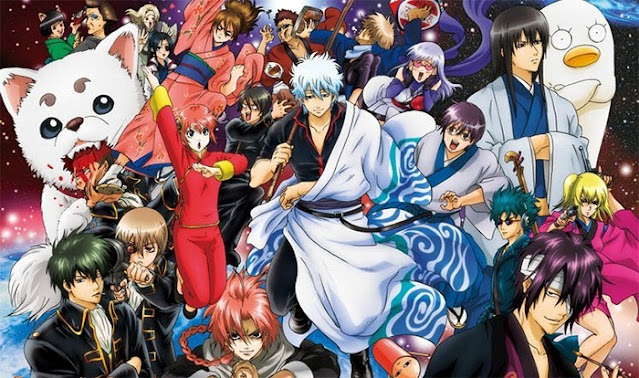

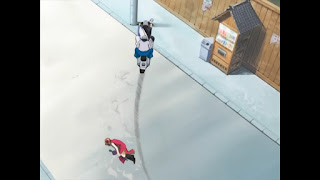


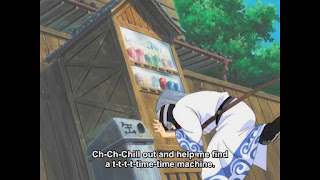
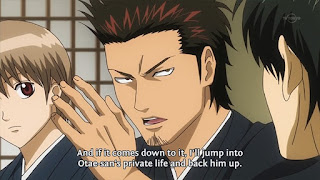




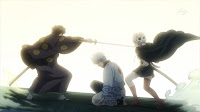

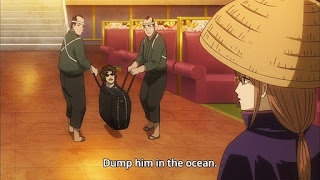
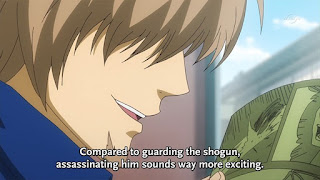
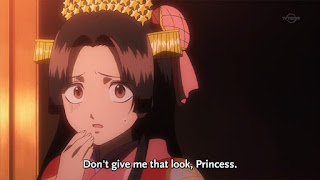







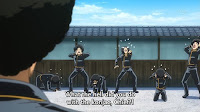










0 Comments